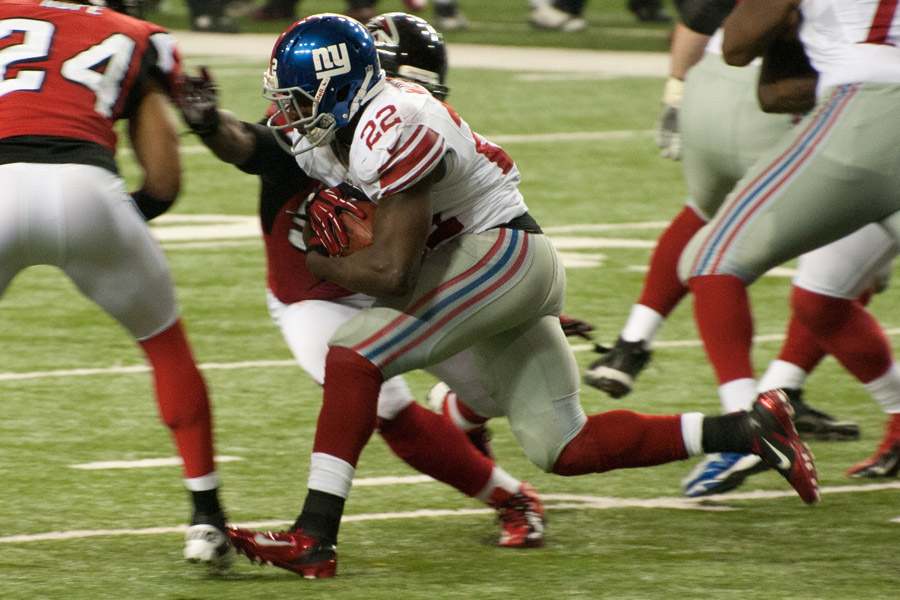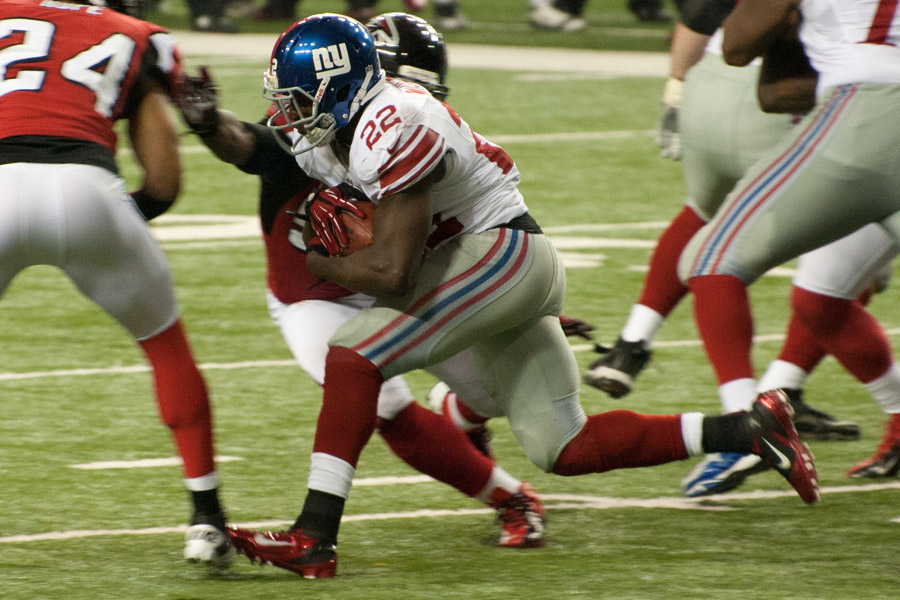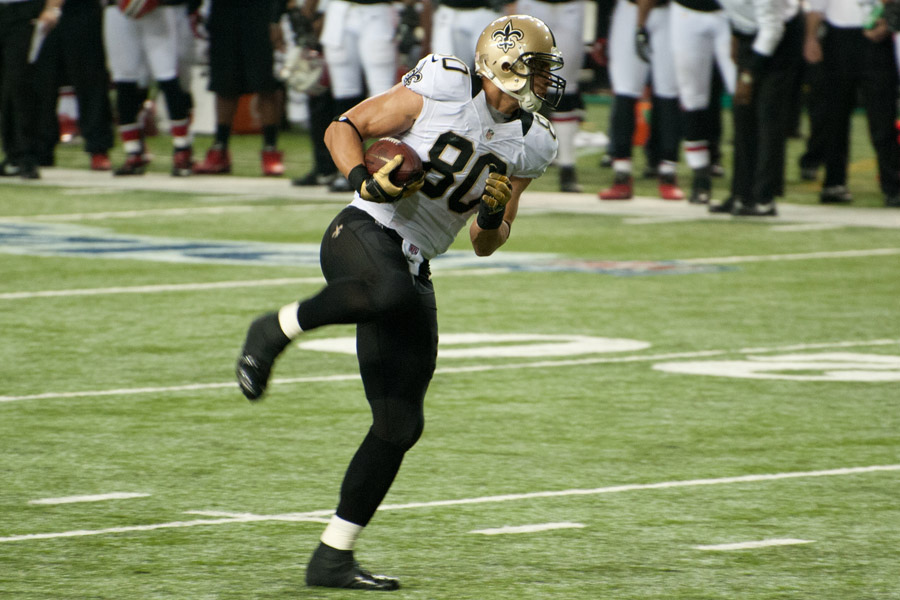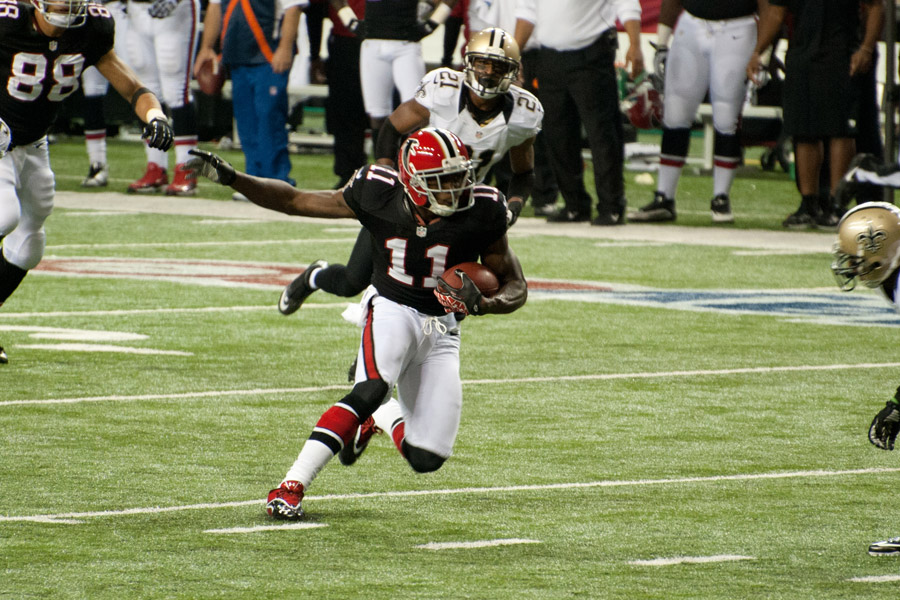Fantasy football in May is a month dominated by rookie coverage. It’s a good time to hit the thrift store and shop for values on a longer development curve.
Thrift stores are awesome. I arrived at this conclusion somewhat late in life. I held the assumption that the items in these stores were someone else’s rejects.
This is both true and false. The close might not have been wanted, but it had nothing to do with quality or even style. Your stubborn Uncle Jake only wears Wrangler jeans and refused to even try on the pair of Lucky’s that his sister in-law gave him for Christmas. Grandpa Kevin liked the Polo sweater, but it was three sizes too big and he didn’t want to make a fuss about it on his Birthday. Or, your Cousin Rick would have put that dress shirt you got at the men’s shop to good use if he hadn’t decided to cash in his chips as partner of an accounting firm and join the park service as a tour guide.
Fantasy football has a similar dynamic. Rookies are the rage from February through August. Everyone wants to find the first-year players who will have an immediate impact. But fantasy owners often forget about the young veterans who didn’t play well–or even play at all–as rookies. Some owners even write off these second, third, or fourth-year players developing on a slower learning curve or stuck behind a crowded depth chart.
This week, I’m checking in with these players. We can categorize them in four ways:
- Emerging – Talents likely to contribute or start this year.
- Progressing – Players who still appear on track to become starters or contributors within a year or two.
- Covered – Personnel with talent, but stuck on crowded depth charts.
- Crossroads – Prospects who might be in make or break seasons in the NFL.
Remember, you don’t always have to buy when you shop. Even if you don’t invest in any of these players, it’s a good idea to monitor their progress and research them during the spring and summer. The earlier become conversant with the potential of backups, the sooner you’ll be able to anticipate and react to changes on the fantasy landscape.
Say Drew Brees suffers a shoulder sprain in practice in mid-October. You could wait until Friday to read the first article sharing basics about Griffin that probably took longer for the writer to write than it would take for you to Google. By then, you might have lost a shot at Griffin in a league with a first come, first serve waiver wire.
Or you could have been aware of Griffin this summer, made it a point to watch him in the preseason, and knew right away to add the Saints’ backup so you could either use him or trade him. Fantasy football has a more level playing field thanks to our ever evolving technology. However, it still takes effort to read the right things and with enough advanced notice to plan ahead.
Reading about these young players provides a foundation of knowledge to build on when training camp and preseason games begin. As everyone else is still learning about the talent, whether its buying or selling them, you’re already making moves with the pieces to your advantage.












